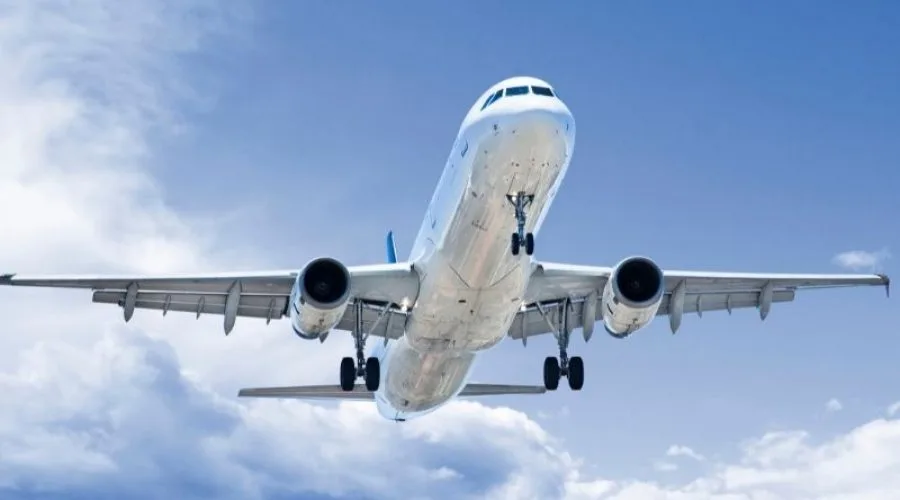Cast Shadow on Industry Growth
The air travel industry is facing headwinds due to trade tensions and political uncertainty, which are expected to dampen demand growth. According to Bain & Company’s Air Travel Forecast to 2030, global air travel demand has already returned to pre-pandemic levels, surpassing 2019 totals by 2.6%. However, the industry’s growth outlook is tempered by several factors.
### Key Findings
– *Global Demand*:
Global revenue passenger kilometers (RPK) are expected to reach 11.3 trillion by 2030, representing a 36% increase from 2019 levels.
– *Regional Variations*:
Asia is poised to lead expansion, with intraregional demand growth forecasted to rise by 53% from 2019 to 2030. In contrast, European long-haul flights are expected to be more vulnerable to economic swings.
– *Market Shifts*:
The US is likely to surpass the UK as the world’s largest market for outbound international travel by 2030, with an additional 21 million travelers. China is also expected to reclaim its position as the third-largest outbound travel market.
### Challenges Ahead
– *Trade Tensions*:
Ongoing trade tensions and protectionist policies could lead to higher costs for airlines, potentially impacting demand.
– *CO2 Mitigation Costs*:
Increasing costs associated with reducing carbon emissions may also dampen demand growth.
– *Inflationary Pressures*: Rising inflation could reduce disposable income, affecting air travel demand.

### Airline Profitability
Despite these challenges, airlines are expected to remain profitable, driven by strong demand and efficient operations. However, the industry will need to navigate these challenges to achieve sustainable growth.
### Outlook by Region
– *Asia*:
Intraregional demand growth is expected to lead the way, driven by rising incomes and increased connectivity.
– *North America*:
Weaker-than-expected demand in the US and Mexican domestic markets has lowered the 2030 outlook for intraregional travel demand.
– *Europe*:
Long-haul flights are expected to be more vulnerable to economic swings, impacting demand growth
